Click to view our Accessibility Statement or contact us with accessibility-related questions



Showing 1 of 92 conversations about:
14themoney
1395
Jan 12, 2019
bookmark_border

BillR
0
Jan 13, 2019
bookmark_border
14themoneyPer Wikipedia [always reliable ;) ] Zero, not One, is no protection, etc. IPx8 is extended duration or depth. IPx9 or IP69K is 80C/176F water jets from 10-15cm/4-6".
Note conflict in extended Enclosure Co. quote between "7" description and IP66 ("powerful jets") and IP67 ("immersion") examples that match Wikipedia.
14themoney
1395
Jan 13, 2019
bookmark_border
BillRI posted the info because I was offended that MD used a rating that I believe most people don't carry in their heads. I don't. I did no cross checking for accuracy. I can get you the website if you are interested in the source.
(Edited)

BillR
0
Jan 16, 2019
bookmark_border
14themoneyGood idea for a post citing a source I also would have assumed trustworthy. I dropped Enclosure Co. a polite note (polite intent, anyway, but sometimes I goof :-) ). I only noticed the error because I had to research the codes last year. My (overly narrow?) focus was simply informative. I'm not an engineer or product specialist so I my knowledge is quite superficial. I don't have access to the standards docs ($$ and copyright restricted) so I can't double check (e.g., does "K" suffix specify 10-15cm or 15-20cm as I saw elsewhere; is "m" suffix that indicates switches can be safely moved in the standard) .
BTW, I also found out the ratings are not always cumulative or obvious. Specifically, IPx7 does _not_ imply IPx6, nor (more obviously) IPx9 not IPx8 or IPx7. Also note that these are static tests and don't include operation, movement, or moving water outside the narrow definitions. Pressing a button, adjusting an attachment, repositioning, buffeting, etc., are not covered unless specified. Sometimes you see an "m" appended to indicate that the item can be operated under test conditions (e.g., a light switched on/off underwater). The applicability here: don't press buttons or open/close the probe of the ThermaPen (IP67) when submerged (unless the manufacturer says otherwise); ditto when rinsing the Pro Duo (IP65) -- and don't use the needle spray setting or submerge it..
The codes also don't correspond to my(!) intuition. Several sources have mentioned that IPx7 is often easier to reach than IPx6. Also many years ago a watch repair person pointed out that steamy showers were much more likely to damage my "waterproof watch" (that term dates me but probably ~IPx7) than my summer lawn and pool care job with frequent hose spraying and arm dunking (provided I rinsed the watch thoroughly to remove the chlorine/pool chemicals). Showering was even worse than swimming laps (no diving or cannonballs). Water droplets (even pool-sized) held together by surface tension are much less likely to get inside than very humid air that then condenses. He also emphasized not pressing the buttons when submerged or even wet, and that the seals needed to be replaced every other year.

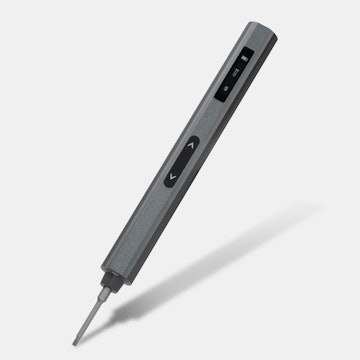
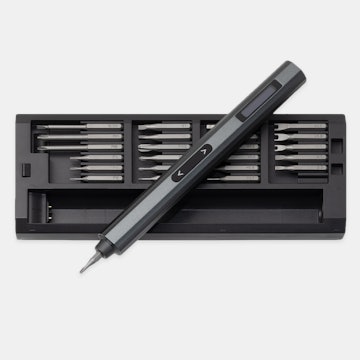


.gif?auto=format&fm=gif&fit=crop&w=360&h=360&bg=f0f0f0&fill=solid&fill-color=f0f0f0&dpr=1&q=70)
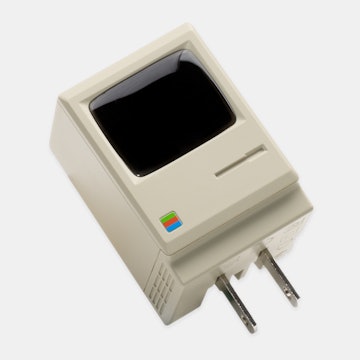
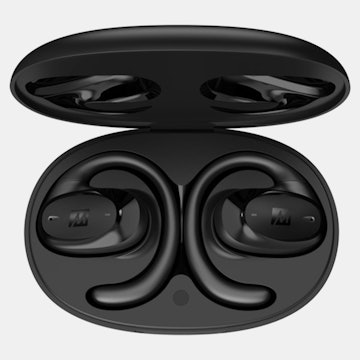
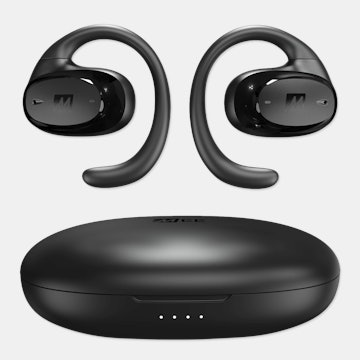

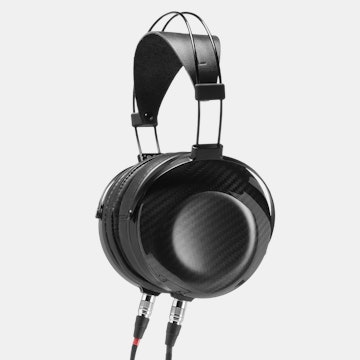
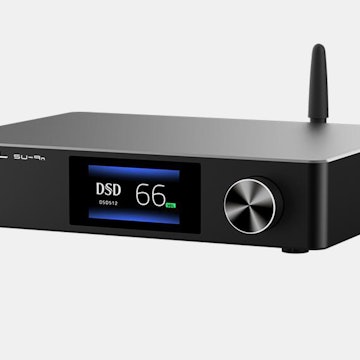
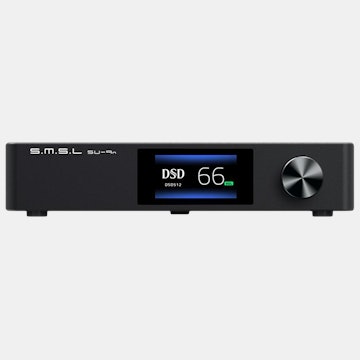
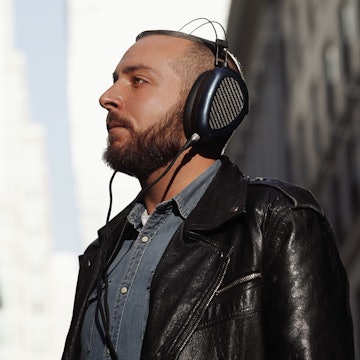
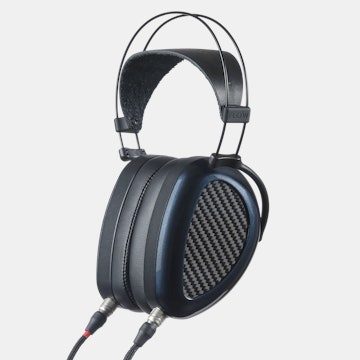
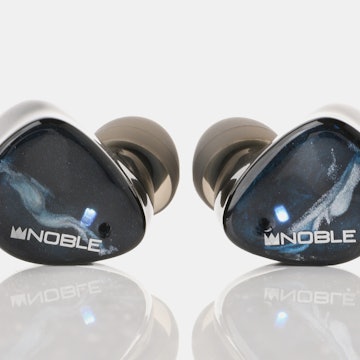
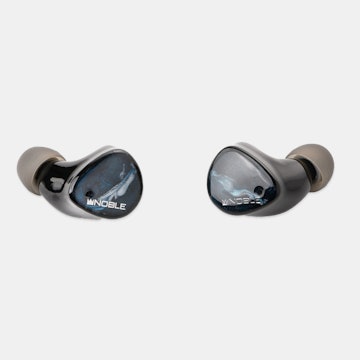
- No special protection<
- Protection from a large part of the body such as a hand (but no protection from deliberate access); from solid objects greater than 50mm in diameter.
- Protection against fingers or other object not greater than 80mm in length and 12mm in diameter.
- Protection from entry by tools, wires etc, with a diameter of 2.5 mm or more.
- Protection against solid bodies larger than 1mm (eg fine tools/small etc).
- Protected against dust that may harm equipment.
- Totally dust tight.
Second Digit (moisture protection)- No protection.
- Protection against condensation
- Protection against water droplets deflected up to 15° from vertical
- Protected against spray up to 60° from vertical.
- Protected against water spray from all directions.
- Protection against low pressure water jets (all directions)
- Protection against strong water jets and waves.
- Protected against temporary immersion.
- Protected against prolonged effects of immersion under pressure.
Our range While we cover a huge range of electrical enclosures, our most common IP ratings are probably 65, 66, 67 and 68. So for quick reference, these are defined below: